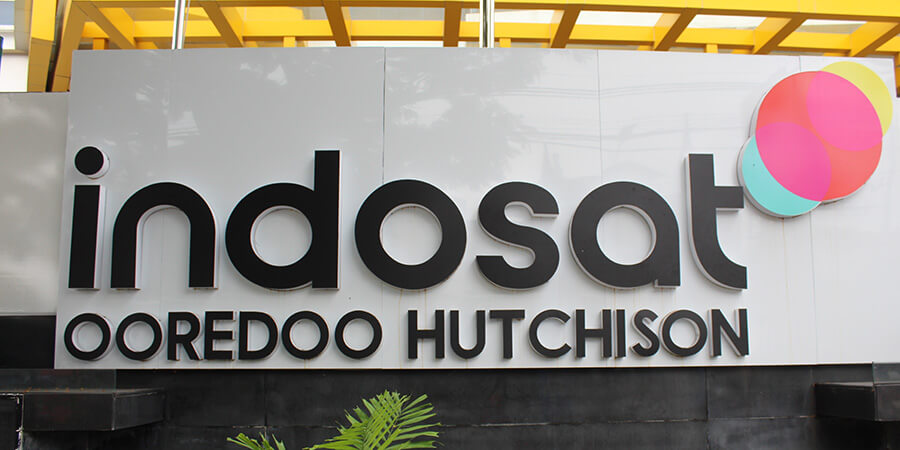STT GDC Indonesia, a top provider of data center services, has officially launched its first data center facility, STT Jakarta 1, in Bekasi, Jawa Barat. The data center campus has the capacity to support up to 72 megawatts of critical IT capacity, with STT Jakarta 1 alone supporting up to 19.5 MW.
This new facility is the first building on the data center campus, which was developed through a joint venture with leading Indonesian conglomerate Triputra Group and global investment company Temasek.
The demand for data centers in Indonesia has increased due to a surge in data requirements. STT GDC has built this new facility to support the long-term expansion of Indonesia’s digital economy.
The STT Jakarta 1 is a large building with a total area of 18,000 square meters. It is designed to meet the needs of various industries, including cloud, technology, banking and finance, content, gaming, e-commerce and other enterprise customers.
The building has a highly secure perimeter and a column-less design in the data hall, which optimizes the use of space. It also meets the most stringent seismic standards and has certifications from Uptime Institute’s Tier III and TIA-942 Rated 3, as well as LEED Gold certification, making it one of the most sustainable data centers in Indonesia.
The data center is equipped to handle the latest computing infrastructure, such as GPUs, to support the growing demand for AI. It also offers both air and liquid cooling options.
PT STT GDC Indonesia has signed a memorandum of understanding (MOU) with five connectivity partners. Each partner will establish a point of presence in STT Jakarta 1 to meet the connectivity needs of customers on the data center campus.
Additionally, STT GDC’s Philippines unit plans to increase the capacity of its data centers in Makati, Cavite and Quezon City by 5.2 MW, with the majority of the energy coming from renewable sources. The company is also considering building new data centers to serve hyperscalers and aims to operate over 150 MW of IT capacity in the future.







